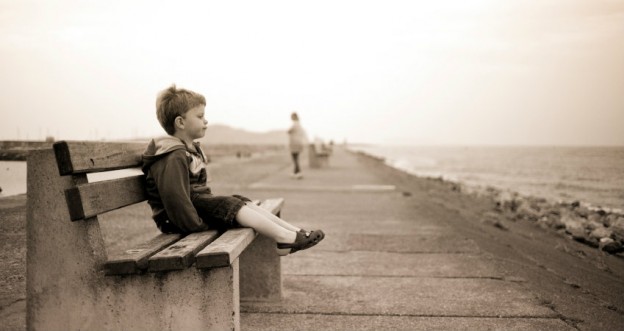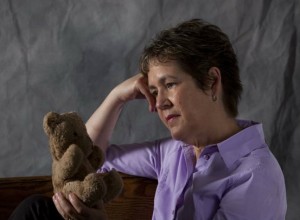
Parenting, Resources
4 Ways to Prevent Post-Traumatic Stress Disorder in Children
The reality of post traumatic stress disorder (PTSD) in children is something most adults want to ignore. We don’t want to believe young children, much less infants, can develop PTSD. But they can. That’s the bad news. But there’s also good news, and it is this: resources and techniques can be employed to keep ordinary childhood traumas from turning into PTSD. This final post in Friendship Circle’s series about PTSD in kids highlights several of them.#1: Debrief After a Traumatic Event
This strategy has become all too familiar, thanks to traumatic events like the Sandy Hook shooting and Moore, Oklahoma’s devastating tornado. We’ve all heard news reports about trained therapists and counselors who arrive after the fact to work with kids. The therapists acknowledge the reality of the kids’ emotions and the pent up energy their bodies produced during the trauma. Then they guide the kids through discussions and activities to help them release pent up energy. For most children, this prevents the initial response from becoming trapped in the brain, so PTSD is far less likely to develop. This method can also be used for children who have gone through individual traumas like car accidents, the death of a loved one, or the divorce of parents.#2: Administer Trauma Prevention First Aid
Peter A. Levine and Maggie Kline have written two books about first aid for trauma prevention. Both books, Trauma Through a Child’s Eyes and Trauma-Proofing Your Kids are packed with strategies parents can use with kids who have experienced trauma. Included are play activities, art projects, and trust-building exercises. In the case of scheduled invasive medical procedures, the strategies can also be implemented beforehand.#3: Involve a Child Life Specialist
Every major children’s hospital in the United States employs child life specialists. They are trained to reduce medial trauma by familiarizing children with the hospital, medical equipment, and procedures. They also educate parents about how to best support their kids. And they work after the fact with kids who’ve gone through emergency medical procedures. Pediatric surgeons often have nurses on staff to work with children before scheduled operations. Sometimes, children’s hospitals provide outreach to rural hospitals, too. If no one mentions these services, be sure to ask how to access them.#4: Keep Pre-Verbal and Non-Verbal Children Grounded
The prevention strategies and resources listed above are highly effective for children who are verbal. But other techniques must be used with those who are pre-verbal (birth to age 3) or have a developmental age of 3 or younger. During a traumatic event such as surgery or a natural disaster, an adult needs to rub the child’s arm, talk to them continually, or play soothing music. This prevents disassociation, which can later cause PTSD. To learn more about PTSD in children, the links below lead to previous posts in this series. Or leave your comments and questions in the box below. I’ll do my best to answer them or find someone who can!- Confessions of a Post-traumatic Stress Disorder Advocate
- 5 Myths and Misconceptions about Children and Post-Traumatic Stress Disorder
- What Is Post-Traumatic Stress Disorder in Kids?
- 10 Causes Of Post Traumatic Stress Disorder In Children
- PTSD in Kids: What Risk Factors Exist?
- Post Traumatic Stress Disorder in Babies and Toddlers: What Are the Symptoms?
- 8 Symptoms of Post Traumatic Stress Disorder in Children and Teens
- 4 Treatment Options for Children with Post-Traumatic Stress Disorder



